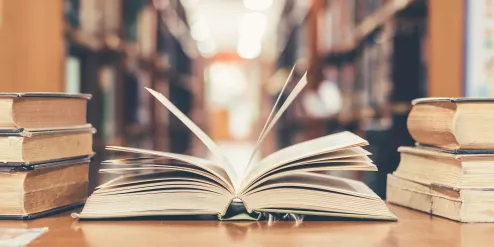THE INFLUENCE OF DIGITAL TECHNOLOGY ON CREATING ARTWORKS AT FINE ART CLASSES
Este estudo investiga de que maneira as tecnologias digitais, em especial os aplicativos de modelos de imagem e a inteligência artificial, influenciam a criatividade no ensino de arte entre alunos com idades entre 11 e 13 anos. Foram observados dois grupos: um utilizando métodos tradicionais e outro, ferramentas digitais. Os resultados indicam que o grupo tradicional produziu obras mais originais e com maior foco, enquanto o grupo que utilizou recursos digitais apresentou uma tendência à imitação e à dependência de modelos pré-estabelecidos. A pesquisa alerta para o risco de diminuição da criatividade decorrente do uso excessivo de ferramentas digitais e busca contribuir com educadores na promoção da originalidade e do pensamento crítico no ensino das artes visuais.
THE INFLUENCE OF DIGITAL TECHNOLOGY ON CREATING ARTWORKS AT FINE ART CLASSES
-
DOI: 10.37572/EdArt_28052550514
-
Palavras-chave: Alfabetização visual, belas artes, criatividade, tecnologia digital, autenticidade
-
Keywords: Visual literacy, fine arts, creativity, digital technology, authenticity
-
Abstract:
In the creative process, pupils come up with many ideas and solutions, hence it is important to choose the most original and appropriate ones. Developing creativity requires progressive encouragement of divergent thinking and critical thought, as one needs to go beyond the usual solutions and foster originality in using artistic techniques. Nowadays, pupils are exposed to many visual stimuli, including apps that offer image templates. While useful, these apps can often lead to using commonly suggested and well-known solutions, thus limiting creativity. This survey focuses on finding ways to encourage pupils to create original and authentic works of art, including with the use of digital technologies. The goal is to foster a sensitivity to artistic challenges and develop the ability to immerse oneself in imagined circumstances, which leads to richer and more imaginative expression. The survey questions focused on how to prevent the use of template images in creative work and how artificial intelligence (AI) could help in this respect. The participants were pupils aged between 11 and 13. The first group addressed the art challenge without using digital technologies, while the second group used apps and artificial intelligence. The first group was more focused on the art challenge itself, on finding original solutions and successfully depicting them. The second group, however, struggled more in terms of originality and often resorted to imitation and templating, despite more opportunities for suggestion. The survey highlights the dangers of excessive imitation and the impact of digital technology on creativity and conceptions of art. The author will share the findings with teachers in order to improve the recognition of quality visual images in educational materials.
- Vesna Kirbiš Skušek

